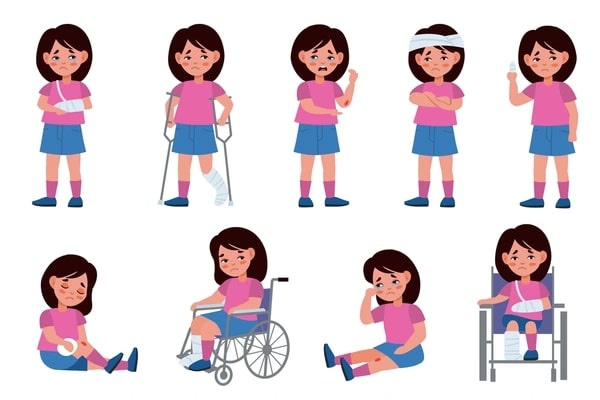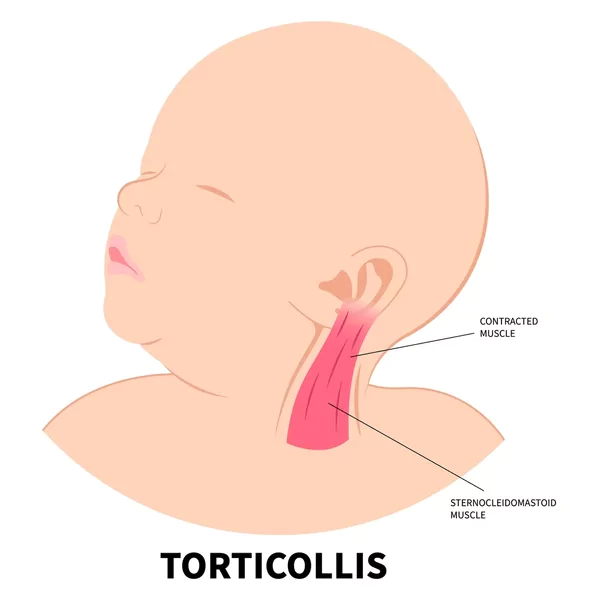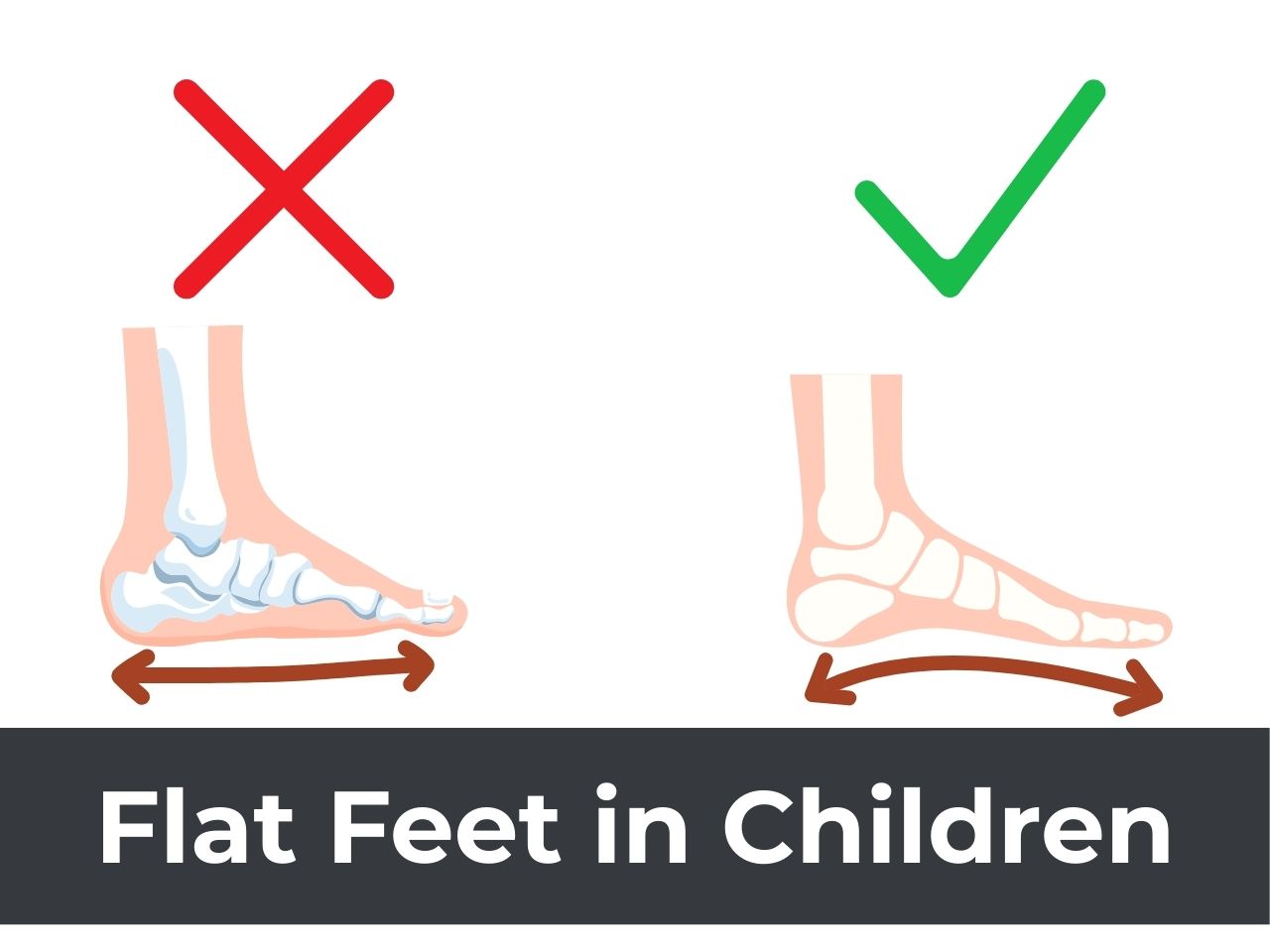As a Paediatric Orthopaedic Surgeon, flat feet are the most typical condition I see in the Out-Patient Clinic. The usual scenario is a happy, playful toddler accompanied by anxious parents and sometimes grandparents. Often, these elders have browsed a few websites that recommend aggressive treatment in braces, shoe inserts, exercises, etc. This blog post discusses the scientific evidence regarding flat feet in children, and I hope that this information will help to allay unfounded fears regarding flat feet in children.
What are flat feet?
Our feet usually are not flat, and instead, they have an arch. when we stand, the heels and fore-feet are in contact with the ground, whereas the mid-feet are slightly elevated off the ground.
Flatfeet are conditions in which the feet arches are depressed in the weight-bearing standing. The feet are flattened and in total contact with the ground. Along with this, the heels and feet are turned outwards.
Are flat feet normal in children?
In a study published as early as 1948, Harris and Beath showed that almost all children have flat feet at age 1 year. This occurs due to naturally occurring ligaments and joint capsule elasticity at a younger age, and these structures are the primary stabilizers of the feet’ arches.
The natural history of flat feet is one of spontaneous resolution. As the child grows older, the ligaments which support the arch become stronger. Therefore, a lesser number of older children have flat feet. Studies have shown that by the age of 16 years, about 20% of adults have flat feet. (Staheli JBJS 1987, Vanderwilde/ Staheli JBJS 1988).
Do flat-feet cause pain and disability?
In early childhood, flat feet are painless and do not cause any functional disability. Even in older children with persistent flat feet beyond the age of 10 years, the majority are painless and don’t have any symptoms for life.
Can flat feet affect my child’s participation in physical activities?
There are many pre-conceived notions regarding the effects of flat feet on the child’s participation in physical activities. Flat feet are thought to result in foot pain, ankle sprains, knee pain, back pain, etc. However, none of this is backed by scientific evidence.
A study on army recruits in the USA revealed that those with flat feet performed strenuous physical activities with the same level of competence as those without flatfeet (Cowan). Another study showed the same level of athletic performance in children with flat feet and those with normal arch (Tudor).
Thus, it is clear that flat feet do not restrict a child’s participation in physical activities.
Should I encourage my child to wear orthosis/ insoles? Do flatfeet resolve after wearing insoles?
Insoles or orthoses are freely prescribed to toddlers and juveniles with flat feet. However, there is little or no scientific evidence to show that orthoses affect the development of the foot arch. A recent scientific review concluded that long-term wear of an orthosis has no structural effect on Pediatric Flexible Flat Feet.
On the other hand, another recently published study concluded that children with flat feet who were made to wear orthoses/ insoles had lower emotional quotient scores compared to children with no orthoses. However, in terms of physical activities performance, there were no differences between the two groups. Hence the study concluded that orthoses should be avoided in children with flexible flat feet with no symptoms.
So, which children need treatment?
Most children have flat feet, which are flexible, painless, and do not have a functional disability. These children don’t need any treatment. Some authors suggest that flat feet of this type may benefit children who participate in gymnastics.
However, a small group of children has flat feet, which are painful and interfere with the child’s ability to participate in physical activities. These include:
- Flat feet with tight heel cords.
- Rigid flat feet (feet that remain flat even when no weight is placed on the limb).
- Flat feet in the presence of neurological disorders like cerebral palsy.
What is the treatment for flat feet, which are painful, rigid, and associated with tight heel cords?
The treatment of symptomatic flat feet includes:
- Physiotherapy: stretch out the tight heel cords.
- Orthosis: invert the heel and maintain normal alignment while walking.
- Surgery: In children, surgery for flat feet is reserved for intractable pain and when the flat feet are secondary to underlying disorders like cerebral palsy. In these situations, a combination of soft tissue and bony surgeries is performed to correct the alignment of the foot.






0 Comments